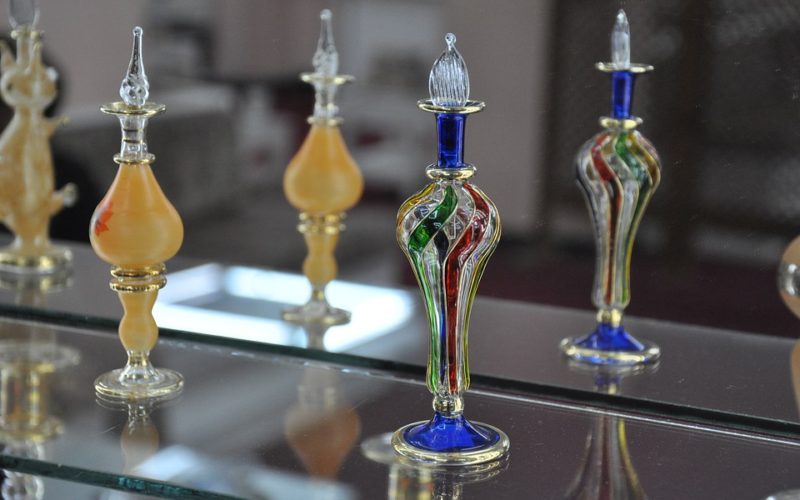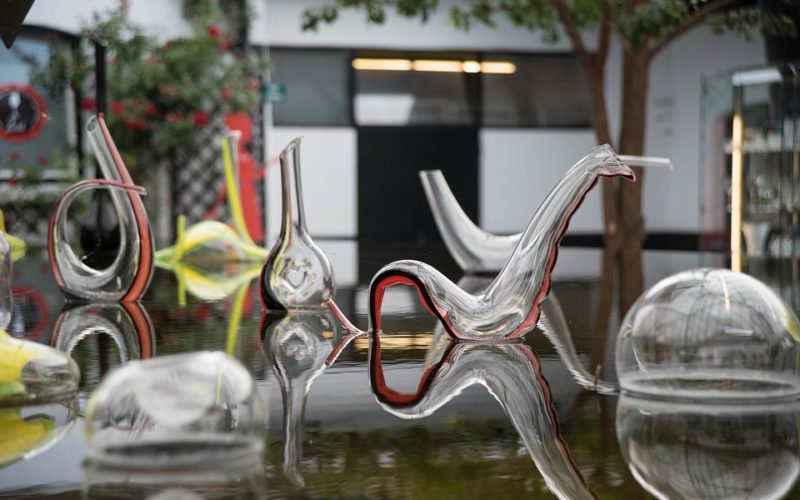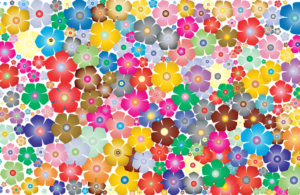Beauty and Clarity
While artisans have found it easy enough to create glass that is opaque, many of them keep the clear and clean look of glass when they create their pieces. Adding colour does not necessarily cloud the glass, and it can bring more beauty to the object as light shines through it. Beauty and clarity are combined in the art of glass making, and it can be applied to objects solely of artistic value or those that have a useful function in the modern world.
Beauty for its own sake has long been a recognized component of a good life, and there is more of it around today than ever before. Glass has been part of the world of art for centuries, and it is a medium where artists have long practiced the creation of incredible objects that seem to defy the world of science. They may appear to float in the air, or their beauty could come from the unsupported armatures that decorate them effortlessly. Clear glass can be a marvel to behold, and it is still being explored today.
Adding colour to glass objects is done during the first parts of the process, and artists study long and hard to learn how to get just the right amount into their work. The addition of colour can create a cloudy object, but it can also remain clear if done correctly. It is often the object of the exercise to add just enough colour to enhance the beauty of the piece without subtracting from the property of the light shining through to create a dazzling effect.
The combination of beauty and clarity is a frequent part of the world of glass, and even functional pieces can be part of it. Bottles containing beverages or other food ingredients may need the colour to keep the product viable, but they also add a touch of warmth and beauty to whatever area they inhabit. Some of them may be clouded or opaque as a necessity, but many are still clear enough to see what is held within the vessel, and the light shining through can truly be beautiful.



















